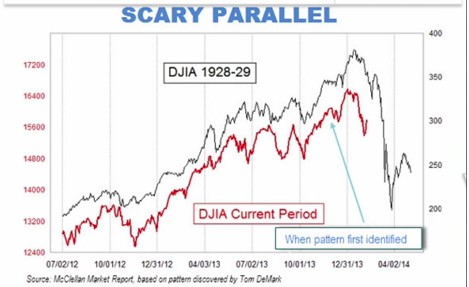coastalite
Investor
- Reaction score
- 1
A 0/0/30/50/20 allocation results in:Expected Annual Return: 8% (11% before a 3% inflation chop)
Expected Annual Risk (Variance): 12%
That means that 2/3rds of the time you will land between -1% and 23% investment growth before inflation.
The 'C Fund' is:Expected Annual Return: 7% (10% before a 3% inflation chop)The 'S Fund' is:
Expected Annual Risk (Variance): 16%
That means that 2/3rds of the time you will land between -3% and 26% investment growth before inflation.
Expected Annual Return: 8% (11% before a 3% inflation chop)
Expected Annual Risk (Variance): 20%
That means that 2/3rds of the time you will land between -9% and 31% investment growth before inflation.
The 'I Fund' is:Expected Annual Return: 8% (11% before a 3% inflation chop)
Expected Annual Risk (Variance): 18%
That means that 2/3rds of the time you will land between -7% and 29% investment growth before inflation.
*Numbers from Quicken's Investment Asset Allocation tool
So, you will be over-weighting in the highest risk fund - and the one that boomed this year. That is generally called chasing returns. A two standard deviation variance to the negative in the 'S Fund' will result in a -29% return on that part of your allocation. Personally, I would watch for the correction in the 'F Fund' (not invest there yet, but be ready) and over-weight the 'I Fund' which has been a bit of a laggard. Maybe a 0/0/30/20/50 split - which in a normal market should result in a 10%/11% pre-inflation Annual Return/Risk ratio. About what your allocation is, but kinda doing a bit of market timing and reducing risk in a bubbly fund. Also, it would not be stupid to have a decent chunk in the 'G Fund' - maybe 20% to 25% - to purchase more in a fund that pops. But, like you that thought has lost me money this year.
I would strongly recommend Ric Edelman's 'The Lies About Money' for setting an allocation. There is science involved. This ain't pure gamblin' and it ain't pure guesswork. And, a 13% return while holding risk at bay during a year of confusion ain't too bad. Those 'S Fund' holders could have just as easily been banging on the bottom with -20% returns as sitting on the top with +38% returns. The expected returns are about the same. All those chaps may have peed in the water a bit upstream - but all that stuff is already under our bridge by now, eh.
Anyway, your call.
Well that stinks... I was logged in and just typed a reply - and then somehow I wasn't logged in - so I lost my reply. That will teach me to ctrl c from now on before posting. F&%K!
Oh well. To make a long story short: before the noon deadline - I decided to change it up a little and go 30C/60S/10I.
Rolling the dice but staying in the game. Spent too much time screwing around on the sidelines in G and missed some rallies...
So, I am done playing around and am going to stop succumbing to fear and stay in it to win it.
On the other hand, for someone like me - the L2040 fund doesn't look too bad. I'm just not savvy enough at investing to be moving in and out of funds, changing allocations, and generally trying to time the markets.
I need to find an allocation and stick with it, or just let it ride in L2040 and let the fund do the work of reallocating as I get closer to retirement.
Any thoughts?

